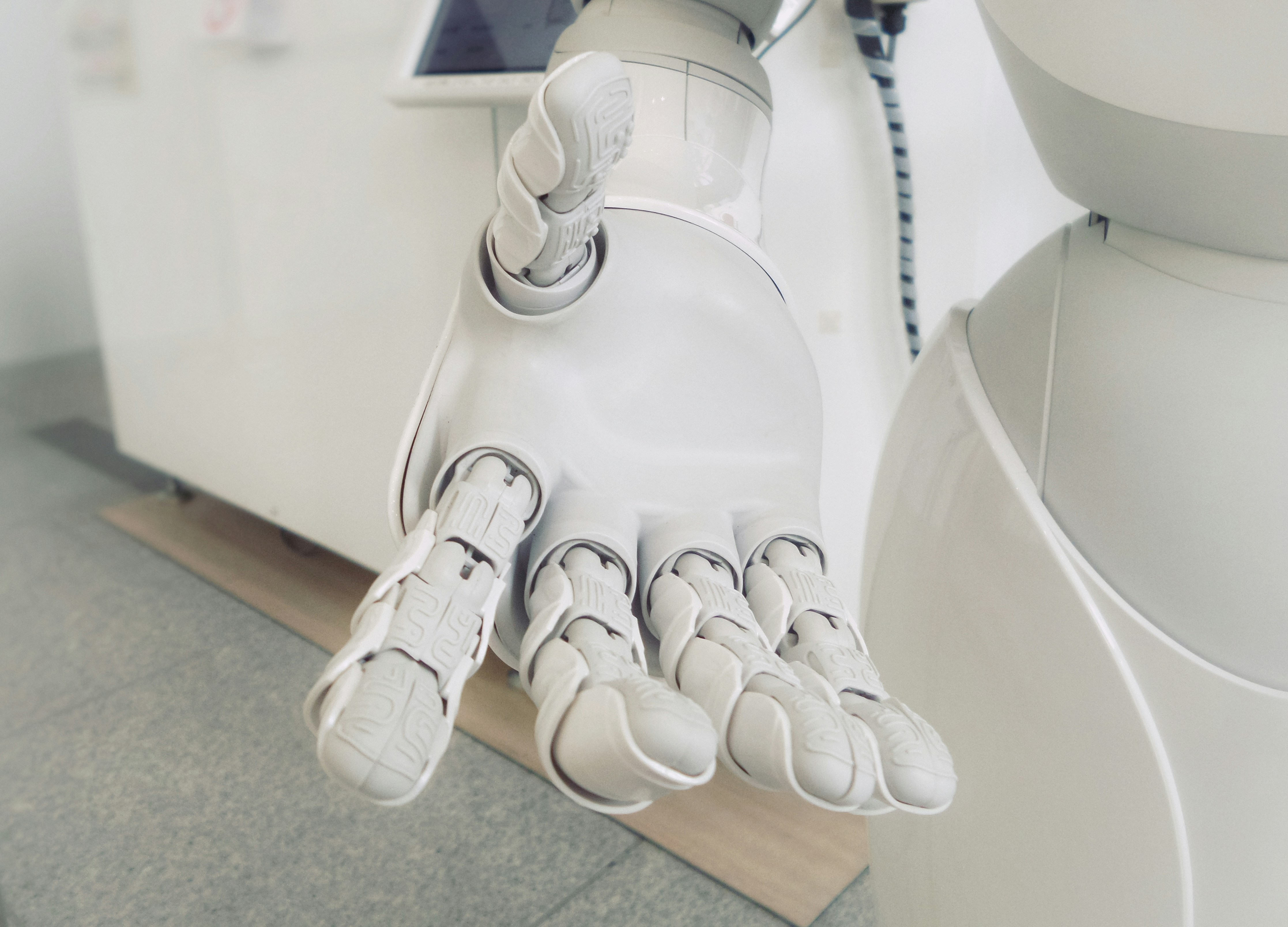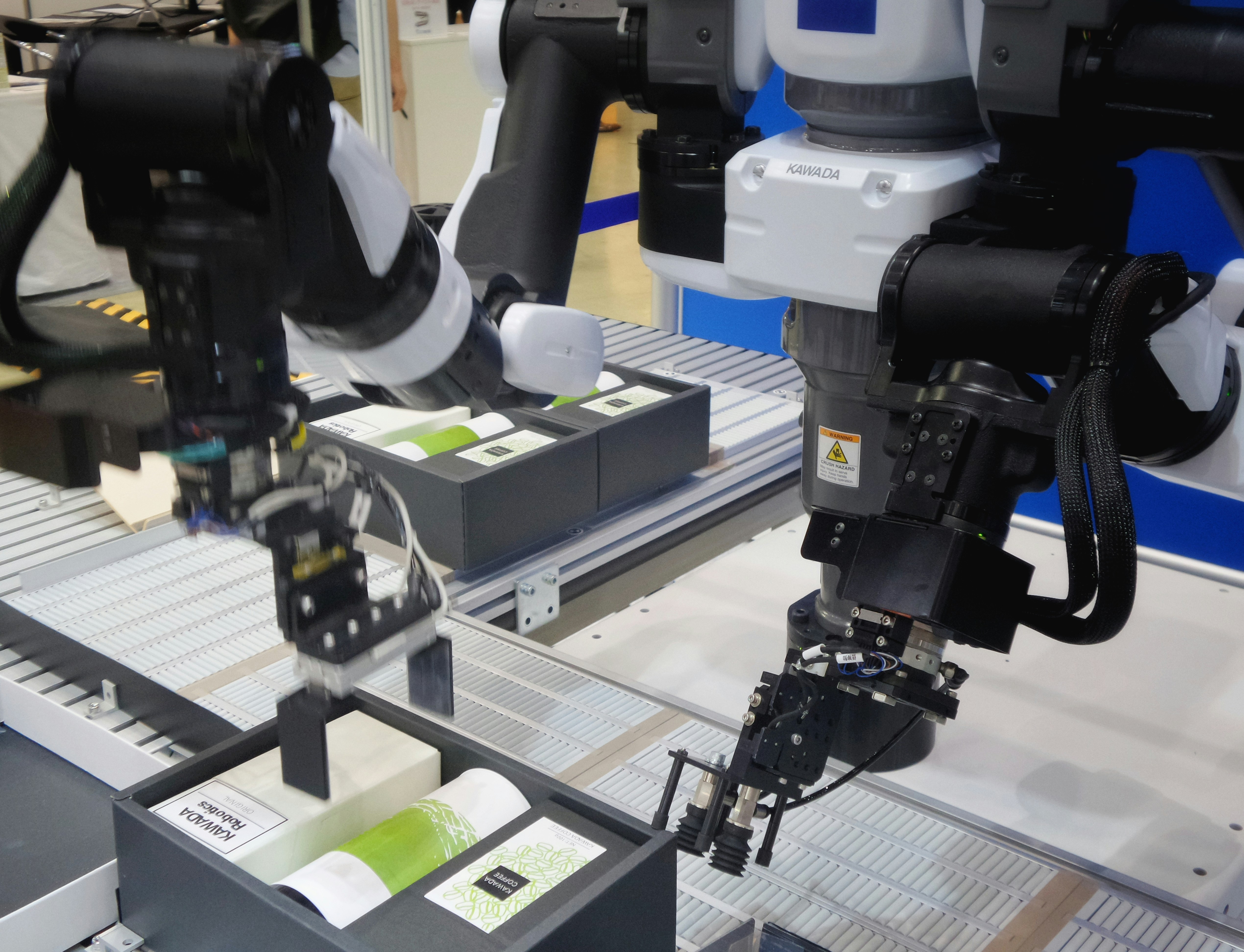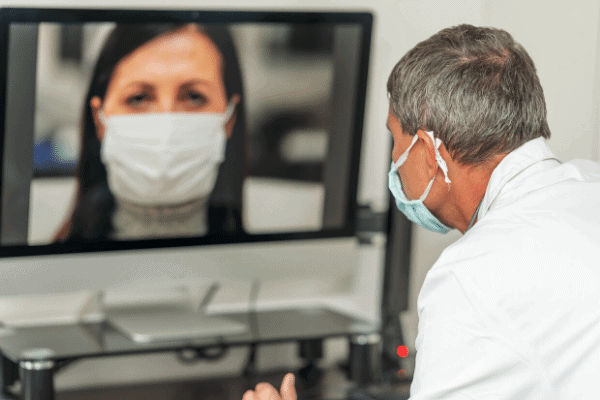The latest technology is making its way into the healthcare industry. New technologies are helping healthcare providers cost-effectively meet the demand for better patient care, improved outcomes, and more affordable services. Take a look at how new technologies are changing the healthcare landscape in 2020 and beyond.
Artificial Intelligence and Machine Learning
Artificial Intelligence (AI) and Machine Learning (ML) allow healthcare professionals to better identify disease, diagnose conditions, collaborate and develop treatment plans, monitor epidemics, more efficiently conduct research and clinical trials, and alleviate the growing patient demands on the healthcare system. Relying on big data, artificial intelligence, and machine learning tools can create billions in annual savings for medicine. The data interpreted by advanced algorithms help doctors predict the probability of a condition and provide an accurate diagnosis and treatment plan.

Healthcare Ecosystems
The adoption of digital technology, artificial intelligence, and machine learning-driven change leads to scalability in healthcare. Technology giants and stakeholders are pouring billions of dollars into healthcare tech and service platforms that span a range of applications that fuel innovation, such as predictive analytics. Regulators are encouraging interoperability and making patient-centric data available. This consumer-centric approach is laying the foundation for personalized, intuitive, and integrated health and social care ecosystems.
Transformative technologies are paving the way for new business models in the industrial market. Industry 4.0 refers to the technological advancements that influence how new products for medical uses are produced. The Internet of Things (IoT), cloud computing, robotic technology, and cognitive computing bring insights and automation to the factory floor. Automation, IoT devices, machine learning, and artificial intelligence are all vital components of an efficient, self-sufficient ecosystem.
The main use cases of Industry 4.0 are predictive analytics, machine learning, and interoperability, and artificial intelligence. Such transformative technologies provide real-time data that influence decisions, predictive maintenance, scalable scenarios, and insight between ROI and the bigger picture.

Wearable Technology
Wearable technology collects valuable health information such as daily steps taken, heart rate, and calories burned. Most mobile devices feature a health app that collects wearers’ health data throughout the day. Wearable medical devices are ECG monitors that send real-time reports to your doctor regarding your blood pressure, temperature, heart rate, and more.
An innovative use case of wearable medical devices is the use of wearable robots in rehabilitation centers. Those with forms of paralysis, such as paraplegics, and other disabilities that impact human mobility can benefit from the use of robot exoskeletons.
The global leader in exoskeleton technology, Ekso Bionics, has invested years of research into the development of disruptive robotics for rehab that enhances human capability. The innovative medical device company produces robot exoskeletons that improve endurance and worker performance, reduce injury and fatigue from repetitive tasks, and improve the quality of life for those with mobility disabilities.
As one of the top exoskeleton companies, they produce a range of affordable robotic exoskeletons that help rehab patients with lower limb disabilities stand and walk, as well as regain endurance and mobility. The use of a robotic exoskeleton is one example of how innovative technology in healthcare can greatly improve everyday life for patients with disabilities.

5G and Telehealth
COVID-19 has pushed professional services to provide patients access to secure, reliable, quality telemedicine services. The emergence of 5G better supports the transmission of data and imaging files between specialists, allows for the use of artificial intelligence and Internet of Things (IoT) technologies, improves the delivery of treatments through AR and VR, and allows doctors to remotely monitor patients.
The new technologies being integrated into the healthcare sector give service providers the ability to provide better healthcare while keeping up with patient demands. In the next decade, these advancements will continue to improve and become the norm in the healthcare sector.

Throughout the year, our writers feature fresh, in-depth, and relevant information for our audience of 40,000+ healthcare leaders and professionals. As a healthcare business publication, we cover and cherish our relationship with the entire health care industry including administrators, nurses, physicians, physical therapists, pharmacists, and more. We cover a broad spectrum from hospitals to medical offices to outpatient services to eye surgery centers to university settings. We focus on rehabilitation, nursing homes, home care, hospice as well as men’s health, women’s heath, and pediatrics.








